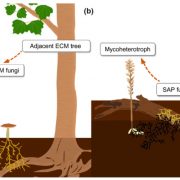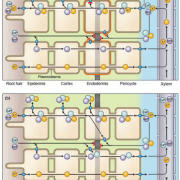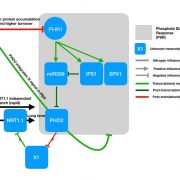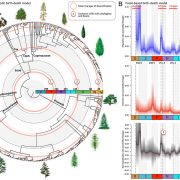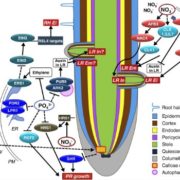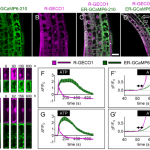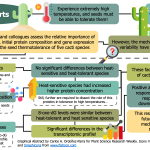Effect of nitrogen addition on selection of germination trait in an alpine meadow on the Tibet Plateau (Front. Plant Sci.)
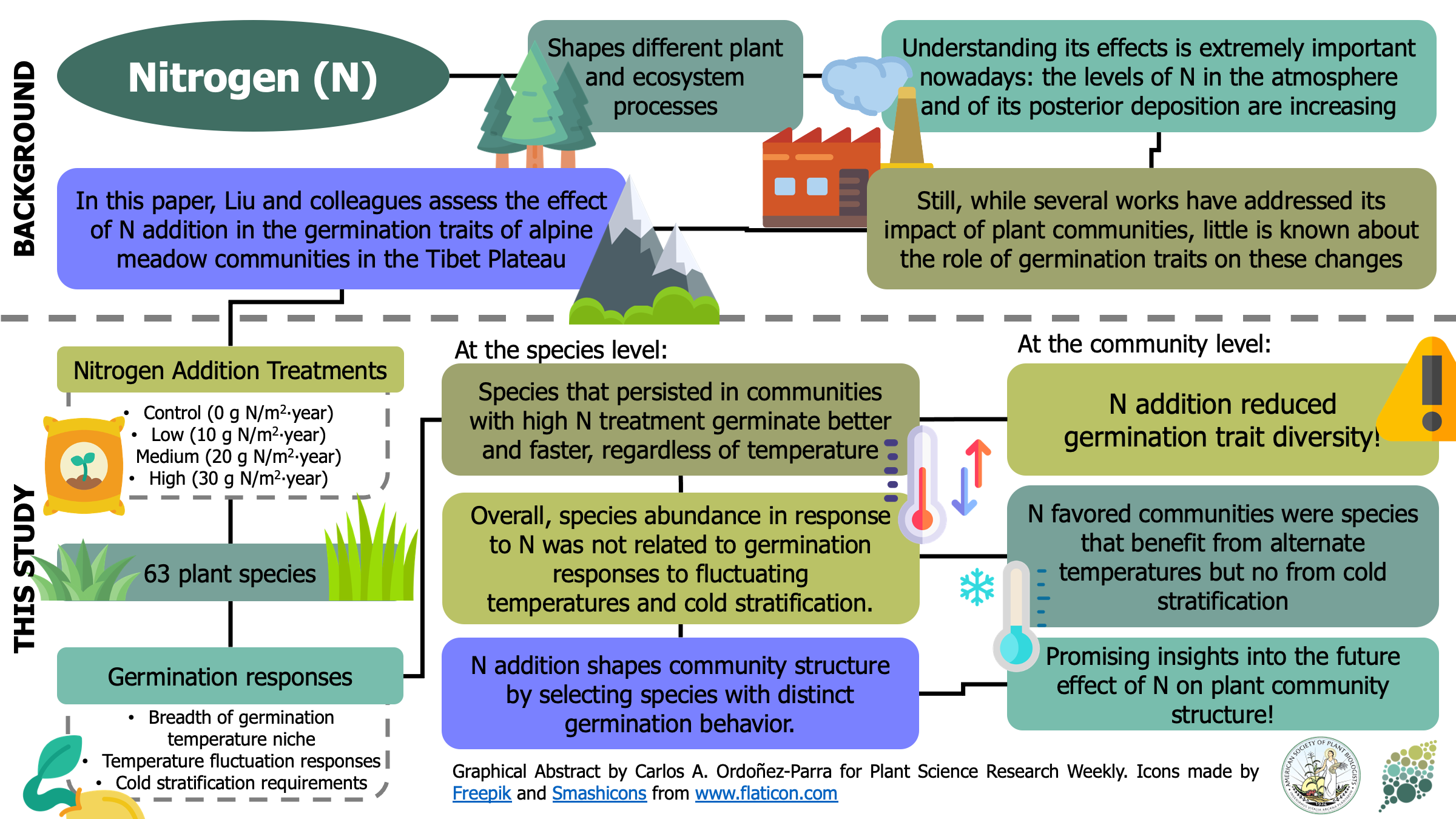 Considering that atmospheric nitrogen (N) and N deposition have increased due to human activities, understanding the effects of this element in plant communities has become increasingly important. Still, the role of germination traits in these changes at the community level is poorly understood. Here, Liu and colleagues assess the effects of N addition on the germination traits of alpine meadows in the Tibet Plateau. The vegetation of plots submitted to four N addition treatments (0, 10, 20 or 30 g N/m2∙year) for three years was monitored. The germination of 63 species was analyzed in terms of the range of germination temperatures, germination responses to temperature fluctuations and cold stratification requirements. Species that persisted in environments with high N addition tended to germinate better and faster in a broad range of temperatures. Still, changes in species abundance between treatments were unrelated to alternate temperature and cold stratification requirements. However, at the community level, N addition was associated with less diversity of germination traits, and high N addition favored species dependent on fluctuating temperatures and fewer species with cold stratification requirements. Consequently, this research provides robust evidence about how N addition favors distinct germination strategies and offers exciting insights into how communities will respond to increasing N availability. (Summary by Carlos A. Ordóñez-Parra @caordonezparra) Front. Plant Sci. 10.3389/fpls.2020.599496
Considering that atmospheric nitrogen (N) and N deposition have increased due to human activities, understanding the effects of this element in plant communities has become increasingly important. Still, the role of germination traits in these changes at the community level is poorly understood. Here, Liu and colleagues assess the effects of N addition on the germination traits of alpine meadows in the Tibet Plateau. The vegetation of plots submitted to four N addition treatments (0, 10, 20 or 30 g N/m2∙year) for three years was monitored. The germination of 63 species was analyzed in terms of the range of germination temperatures, germination responses to temperature fluctuations and cold stratification requirements. Species that persisted in environments with high N addition tended to germinate better and faster in a broad range of temperatures. Still, changes in species abundance between treatments were unrelated to alternate temperature and cold stratification requirements. However, at the community level, N addition was associated with less diversity of germination traits, and high N addition favored species dependent on fluctuating temperatures and fewer species with cold stratification requirements. Consequently, this research provides robust evidence about how N addition favors distinct germination strategies and offers exciting insights into how communities will respond to increasing N availability. (Summary by Carlos A. Ordóñez-Parra @caordonezparra) Front. Plant Sci. 10.3389/fpls.2020.599496


